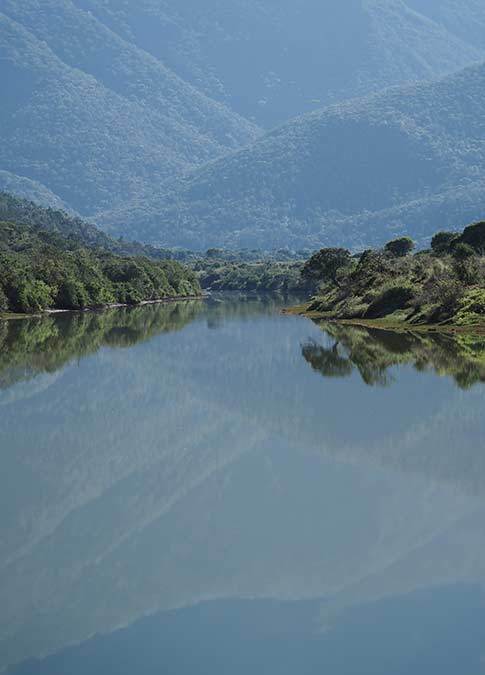Fun Giraffe Facts and Photos
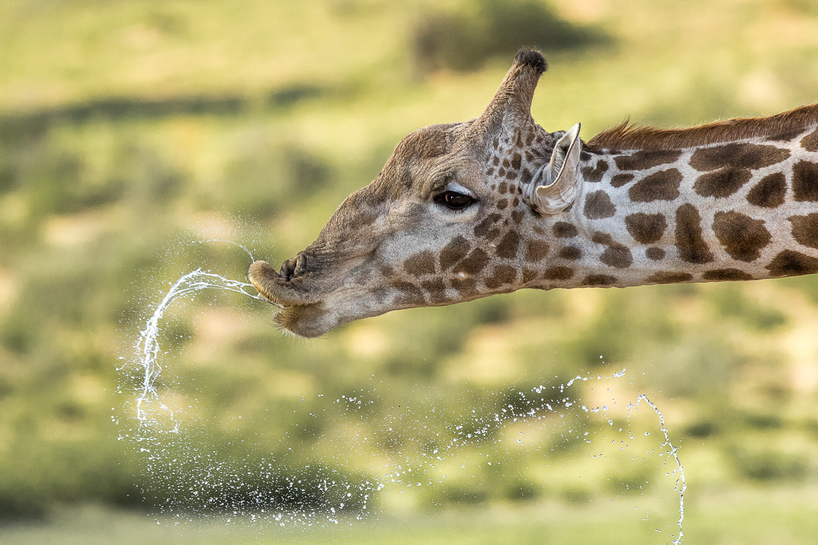
Giraffe roam abundantly on Kariega Game Reserve and are one of the most intriguing wild animals to see when on safari. Here are a few fun facts and photos about these amazing and prehistoric-looking creatures. Big thanks to Kariega ranger Brendon Jennings for the majority of these incredible photographs and also to Kariega guests Cassandra Lanceri, Michael Page and Diane Jones.
Fun Giraffe Facts and Photos
The giraffes characteristic long legs and neck make them tallest mammal on earth. They look down on the rest of us from about six foot (about 1.8m) and when fully grown their legs alone are taller than most humans.
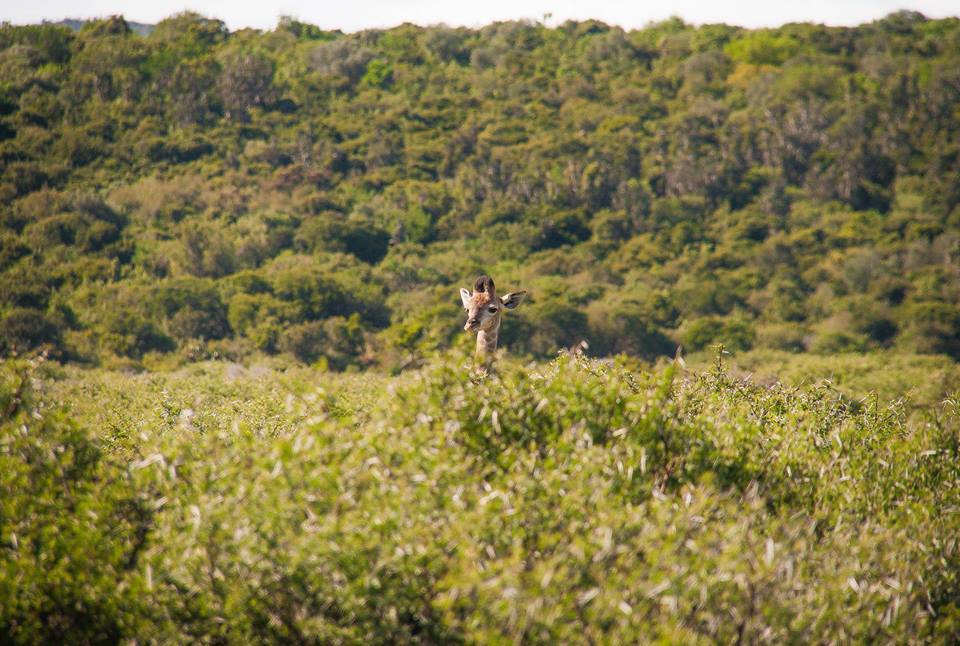
With those extra long legs it is not surprising that a giraffe's neck is too short to reach the ground! As a result, it has to inconveniently spread its front legs or kneel to reach the ground for a drink of water, exposing it to the threat of predators. Luckily giraffes get most of the water they need from the plants that they eat so they only drink from watering holes once every few days.
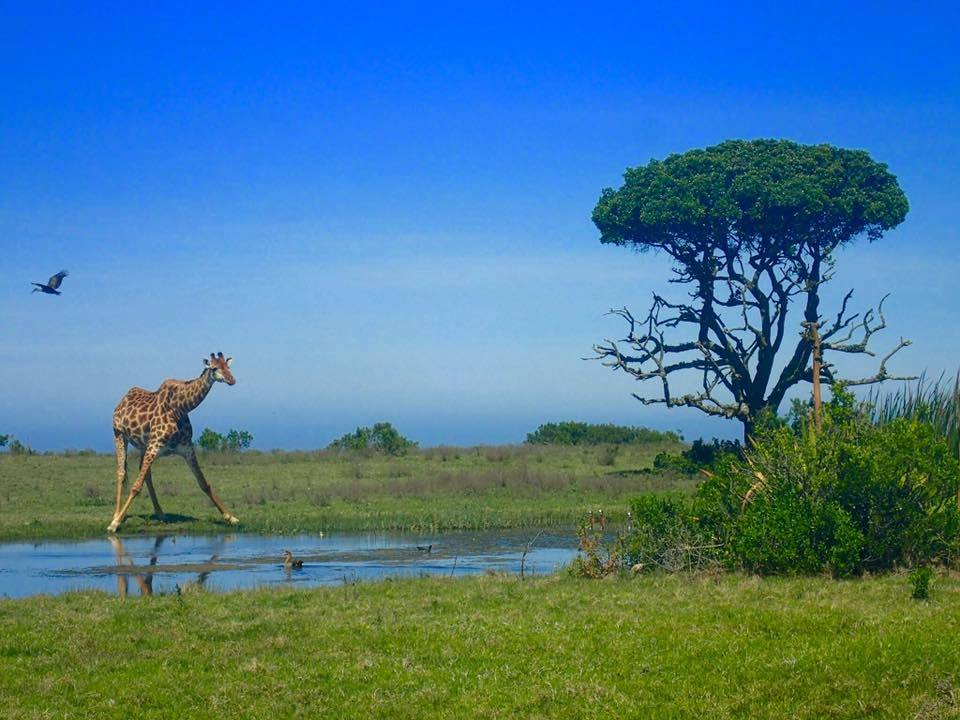
Giraffe have a dark bluish tongue that is very long – approximately 50 centimetres (20 inches). They have 32 teeth, the same number as humans, but their mouths look very different to ours because none of their teeth are positioned in their top front jaw. Instead, their teeth are located at the front of the bottom jaw and back of the top jaw which allows them to use the full extent of their long tongues to forage and rip leaves from branches.
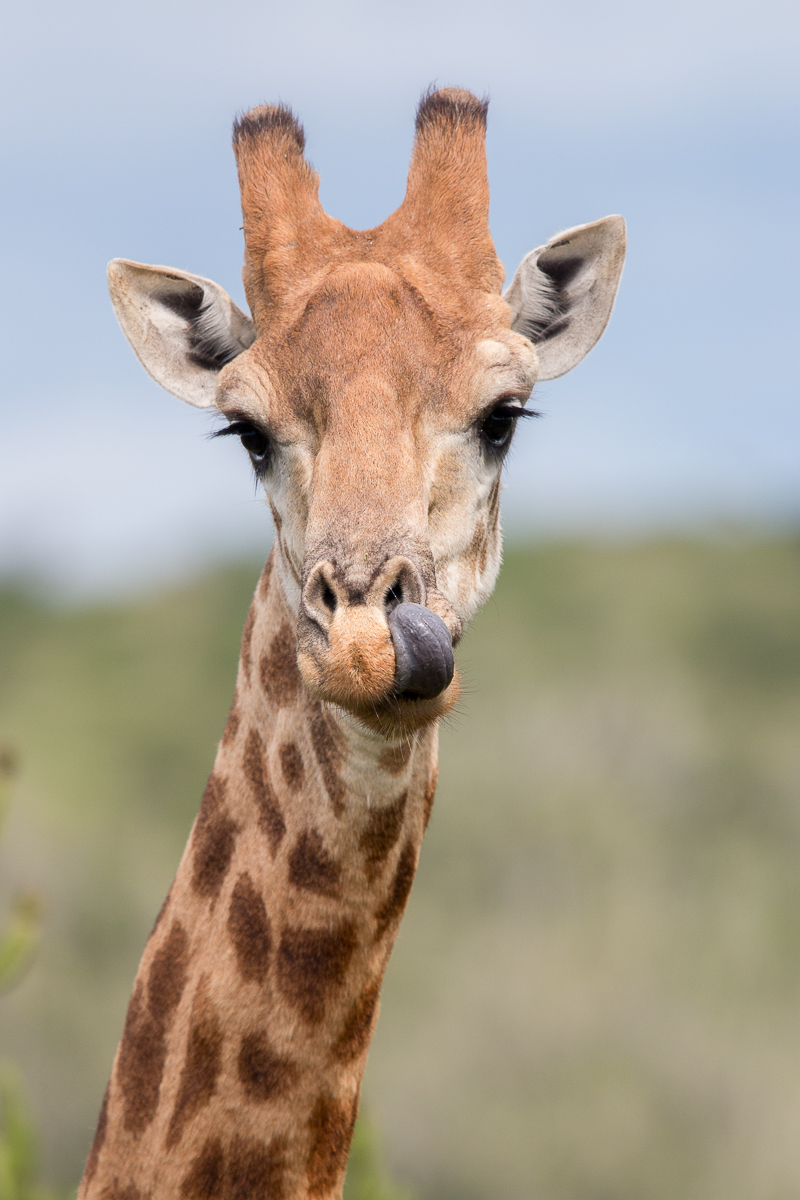
Male giraffes fight with their necks. They swing them from side to side in an attempt to head-butt their opponent. It is the males with the longest and and strongest necks that inevitably win and get the lady.
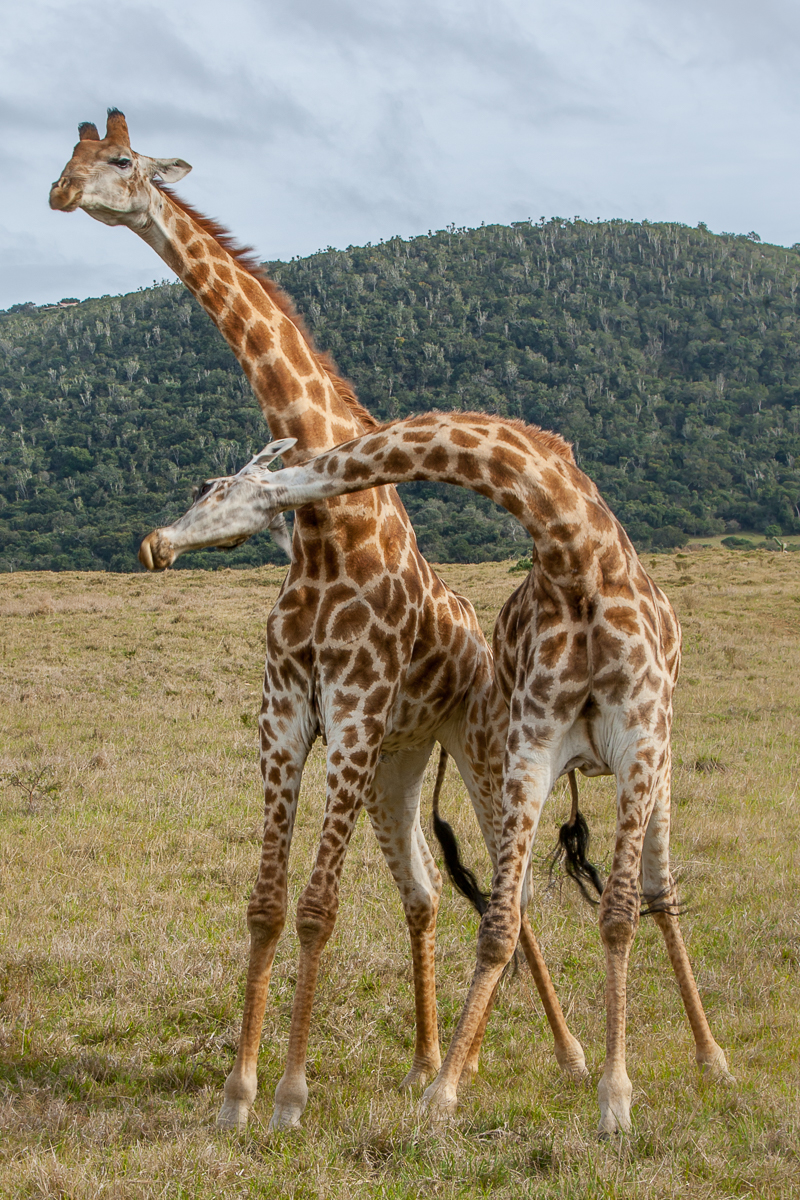
Giraffes have a distinctive spotted coat and, just like human fingerprints and zebra stripes, no two giraffes with the exact same pattern or markings. This fact has helped hugely in researching giraffe as they can be individually identified, observed and monitored.

Giraffes need less sleep than any other mammal. Five to 30 minutes in a 24-hour period is sufficient and usually achieved in quick naps or intervals that are sometimes less than a minute. However, if they do not feel threatened they may sleep for around four hours a day, generally standing up but sometimes they chose to lie down and rest their necks on their bodies.

In fact, giraffes spend most of their lives standing and even give birth standing up. A new born calf will stand within half an hour of birth and after 10 hours can run alongside their mother and siblings.
Watch this video where one of our rangers captured the miracle of a giraffe giving birth on film.
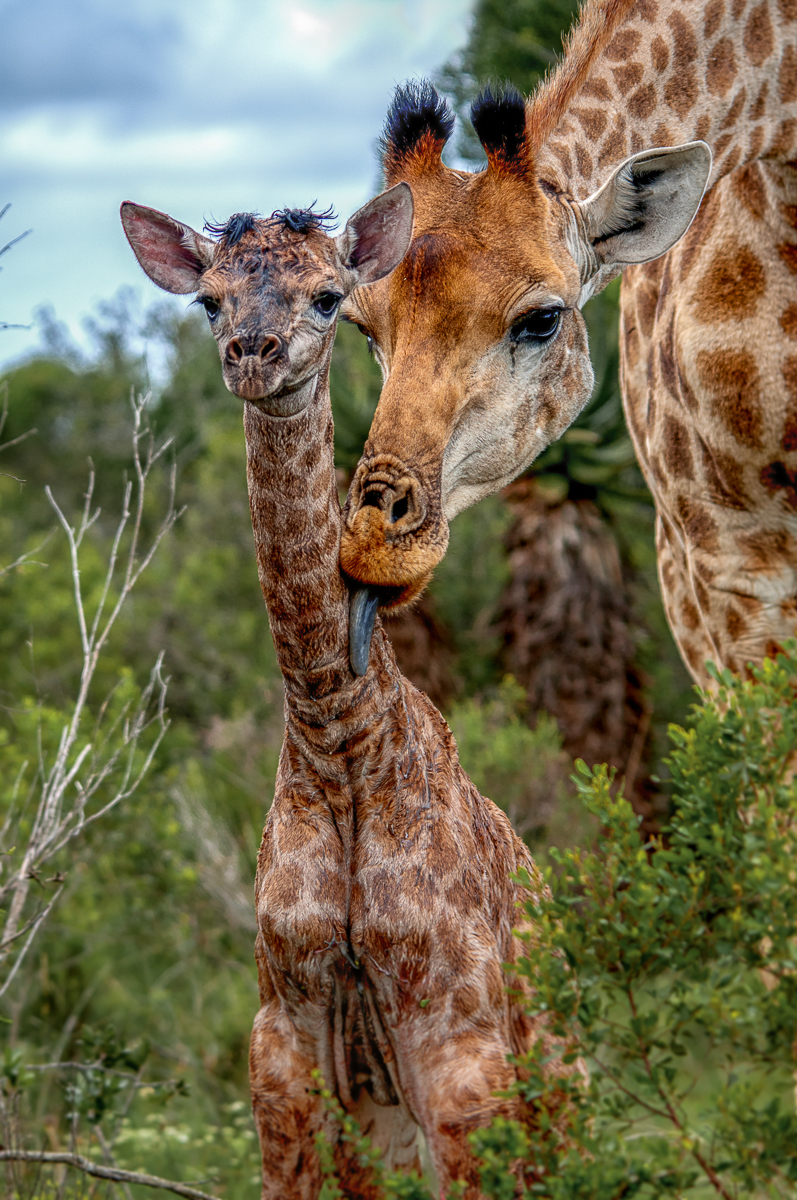
Young giraffes gather in nursery groups until they are around five months old. One female will stay with the group of youngsters while their mothers forage for food close by.
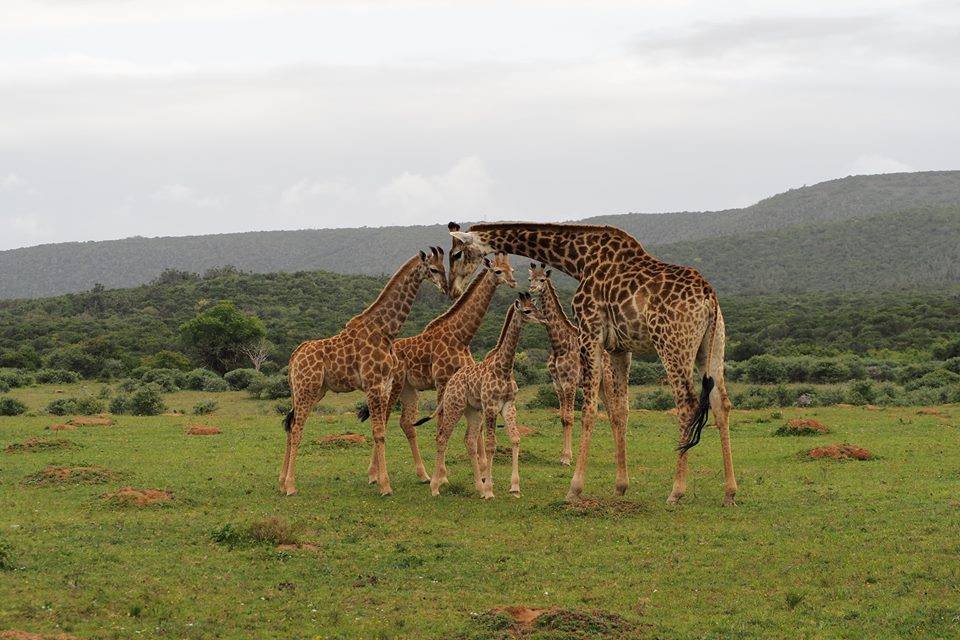
Both male and female giraffes have two distinct, hair-covered horns called ossicones. Male giraffes use their horns to fight with other males which causes their horns to go bald. This is very useful for identifying males and female: females horns are hairy and males bald.
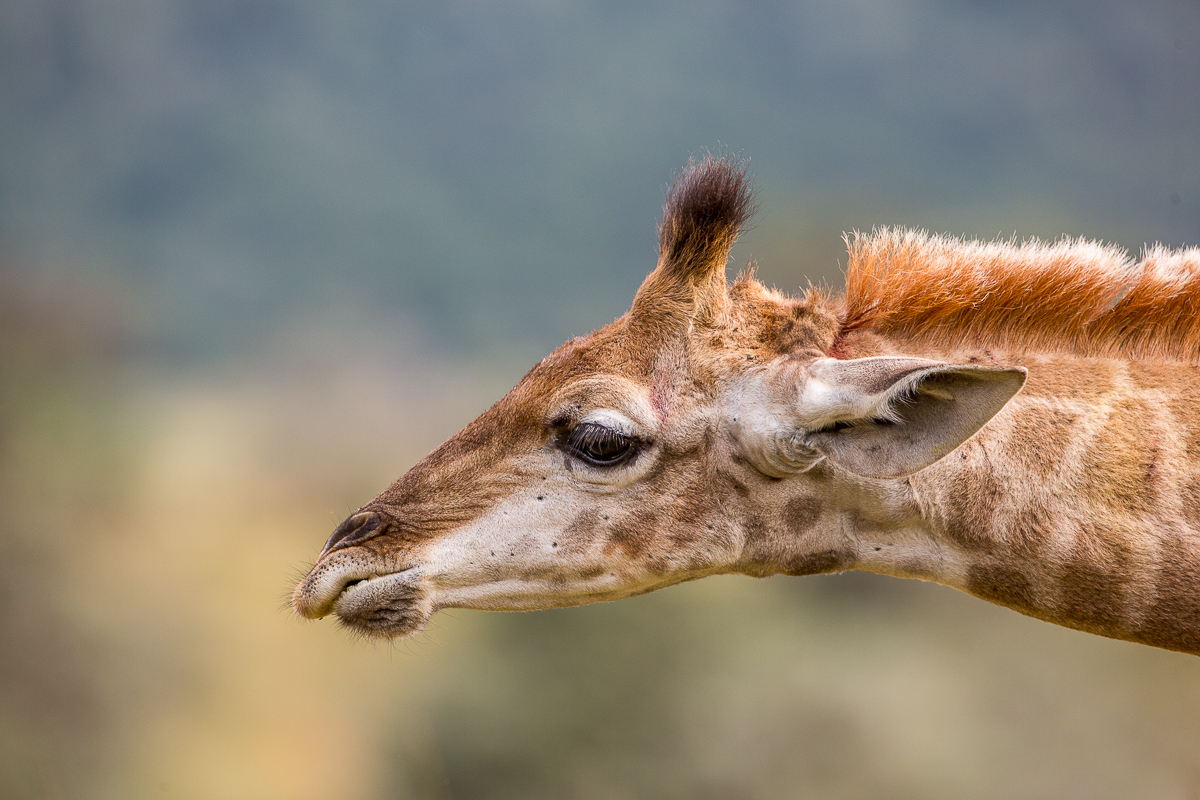
Is the giraffe in the photo above male or female? Tell us your answer in the comment below or on our Kariega Facebook page.

